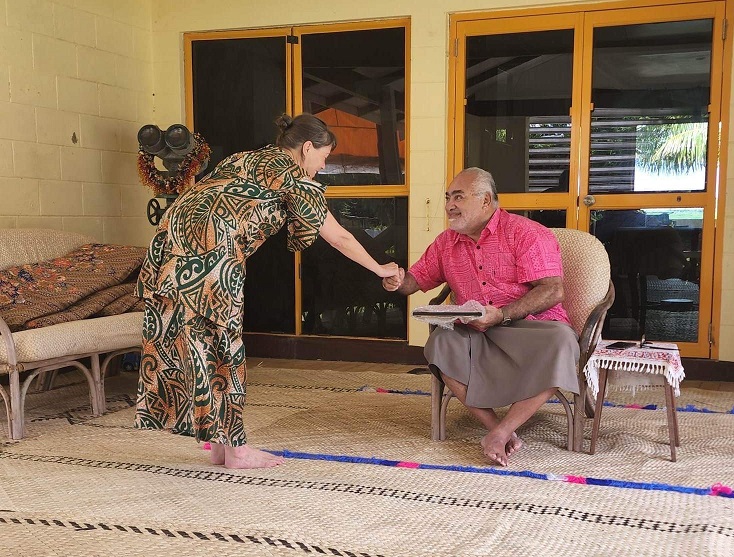Eight unique stories detailing the journey of Pacific island leaders into Australia will be on exhibition at the University of Sydney’s Chau Chak Wing Museum come October.
Among those stories told will be that of Ratu Seru Cakobau, who journeyed to New South Wales in 1874 following Fiji’s cession to Great Britain.
This month, a team from the university visited Bau Island to seek permission from the Vunivalu na Tui Kaba, Ratu Epenisa Seru Cakobau, to tell the story of his ancestor to the world.
Among the visitors was senior museum curator Dr Jude Philp, who said there was a real lack of resources around 19th century Pacific travellers. This, she said, was mainly because of the White Australia Policy that came out in 1907.

“So this exhibition is a way of being able to replenish the history of Sydney as a city, to bring resources and ideas for teachers who are teaching history and social sciences and climate change studies and other things,” she said.
“We need to develop a better relationship between Australia and many places across the Pacific. So, we know that the first Pacific Islander recorded to have come to Australia is Tupaia in 1770 on the Endeavour with Captain Cook.
“From the foundation of what we might call Australia today, there have been Pacific people as part of this settlement in Australia on Aboriginal people’s land.
“And so, what we decided is to just pick about eight stories altogether from different islands and nations across the Pacific and to tell a prominent history from that.”
Dr Philp said a large part of history was written predominantly by men about men. However, through this exhibition, the museum would endeavour to tell stories from the perspectives of descendents.

“For the exhibition, we will show the strong histories of these men, but we’re working with female descendants to narrate that story, to use their voices and their language.
“We’re here in Fiji because the next person in this story is Ratu Cakobau and his life has such an impact on everything.
“And because he’s such an important man himself, and his title remains an important title in Fiji, It was important to come here into us to ask in person if we can tell this story because it’s not my story to tell.”
The exhibition is expected to run until October, 2024.



